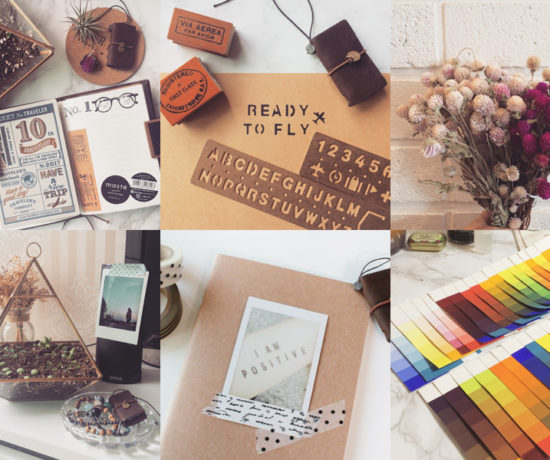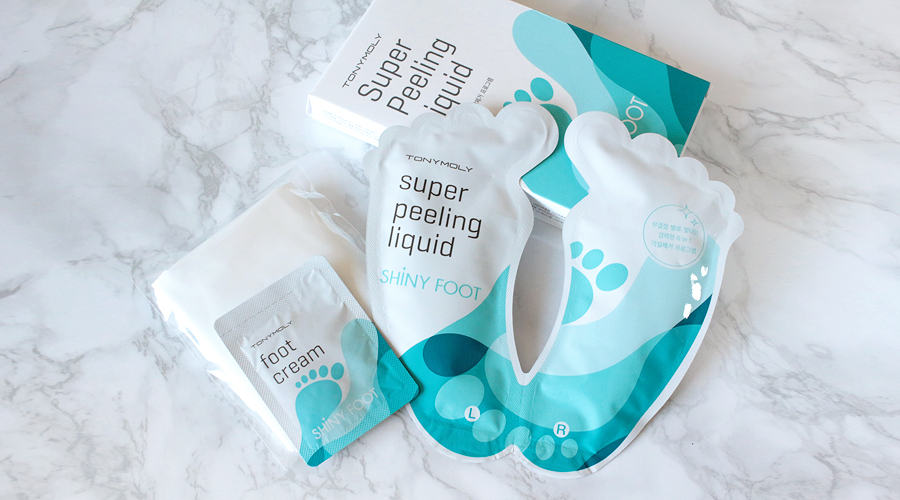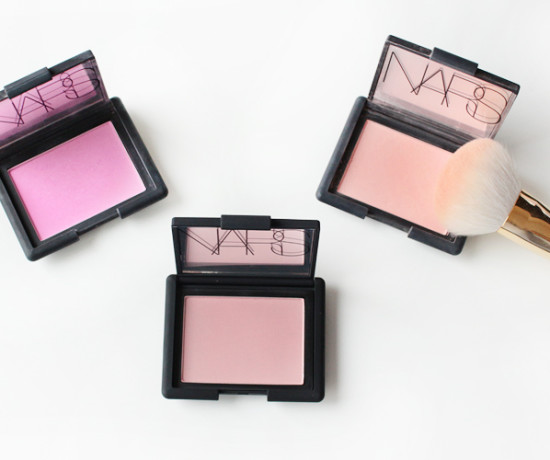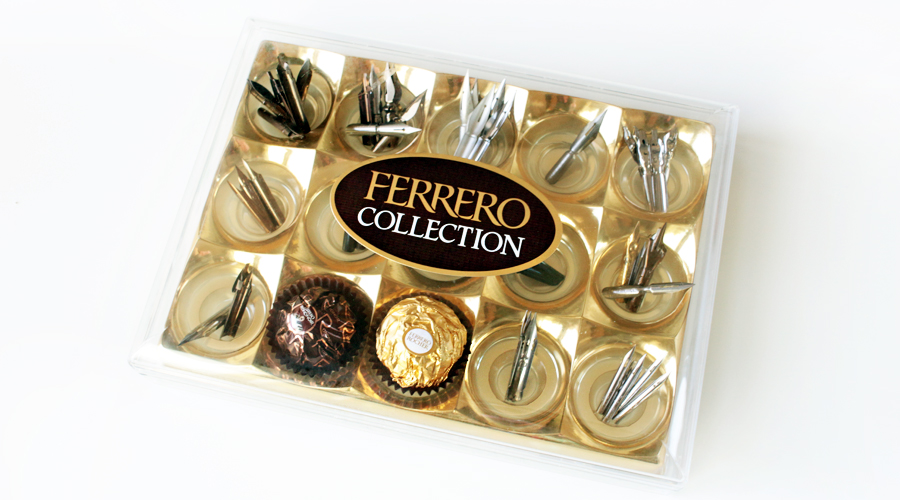
Choosing nibs for calligraphy can cause a headache, especially if you have no idea where to start. If you’re wanting to try Italics or Gothic you need a square edged nib. If you want to do Modern calligraphy, Copperplate, or Spencerian you need a pointed nib.
It’s easier to pick out a square edged nib because there aren’t as many options as pointed nibs. The top four companies that make the square edged nibs are Brause, Mitchel Round Hand, Speedball C, and the Manuscript Pen Company. When buying square edged nibs, you can buy an individual nib or get them in a set. In some stores the individual nibs aren’t too expensive, but in some cases it can be much cheaper to buy a set. If it’s not that expensive to buy an individual nib, I would recommend getting one from each company in the same size. That way you can compare them and see which one you like. I recommend getting the 2mm sized nib because it’s easier to get guidelines for them.
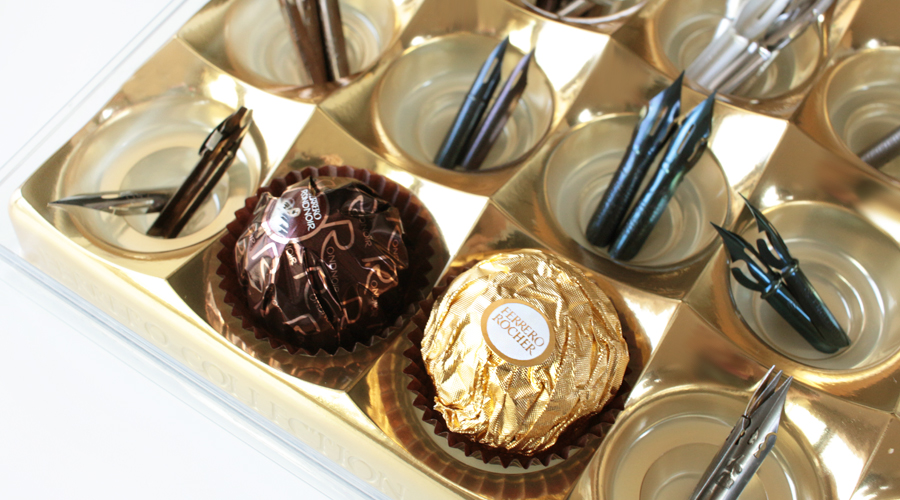
For pointed nibs things get a bit trickier. There are a lot more options and different people tend to favor different nibs. Different nibs have different sharpness and flexibility, which can effect how thin or thick you can make your lines. Another thing to consider is that nibs aren’t permanent! Overtime you will have to replace a nib due to wear and tear, or if you accidentally ruin a nib by crossing the tines or letting it rust. This is why I like to order 2~3 of the same nibs at a time. That way I have a backup and don’t have to wait a week for shipping if I accidentally ruin my nib. Here in Korea, calligraphy supplies tend to stay out of stock for weeks on end so that’s another reason I like to have backups on hand. Some of the commonly used nibs are:
#. General Nibs (great for beginners): Nikko G, Zebra G, Tachikawa G
#. Brause: Steno (blue pumpkin), Rose, 66EF (smaller sized nib)
#. Hunt: 22B, 56
#. Gillot: 404, 303, 202, 101, 170, 1950
#. Leonardt: EF Principal, 40 (blue pumpkin)
#. Hiro: 41, 111EF
There are more nibs, but these are the ones that most people tend to recommend. I would start with the Nikko G before trying the other nibs. The Nikko G helps you learn how to control the amount of pressure you put on your nib without leaving you in a frustrated mess.
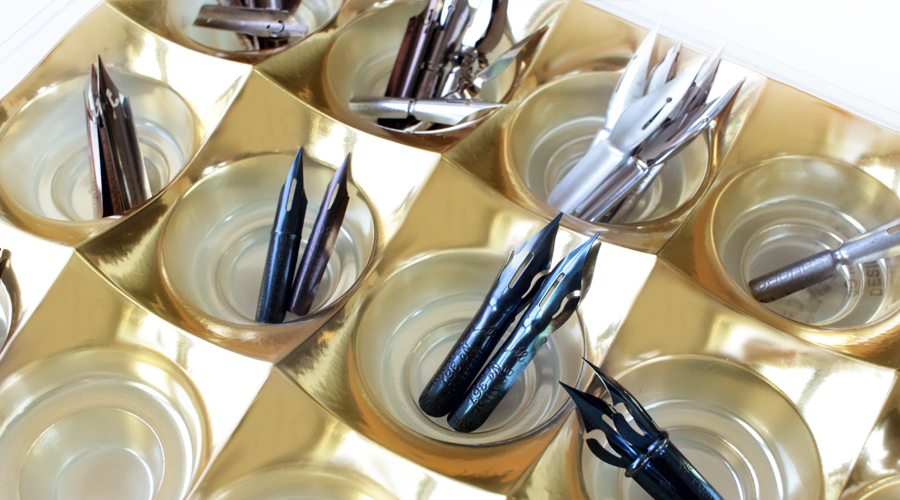
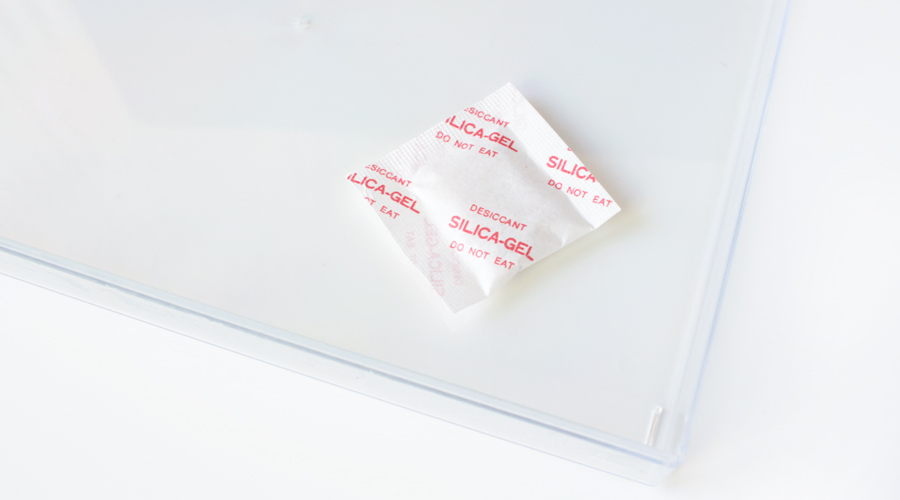
As for storing nibs, you can store them in mini zip lock bags, tins, or organizers. I’m using a Ferrero Rocher chocolate box because the compartments are just the right height. The gold makes it look prettier than a regular plastic organizer don’t you think? I strongly recommend keeping silica-gel packets inside your nib container. Beg, borrow, and steal to get your hands on these silica-gel packets. They absorb water and will help keep your nibs from rusting! I once dropped my old iPhone in water and nearly cried when I saw the waterlogged screen. People advised me to put it in a ziplock with rice, but that didn’t help at all. Then I tried a silica-gel packet and it worked like a charm.
Before using a new nib, you’ll need to remove the coating that protects the nib from rusting. Some books tell you to run your nib through a flame, but I think the safest way is to just use toothpaste. All you need to do is gently rub some toothpaste over your nib then rinse it off. Let it dry on a paper towel while you set up your ink and draw your guidelines, then it should be ready to go!
Your turn ♥ What kind of calligraphy would you like to learn? Have you tried any of these nibs?

